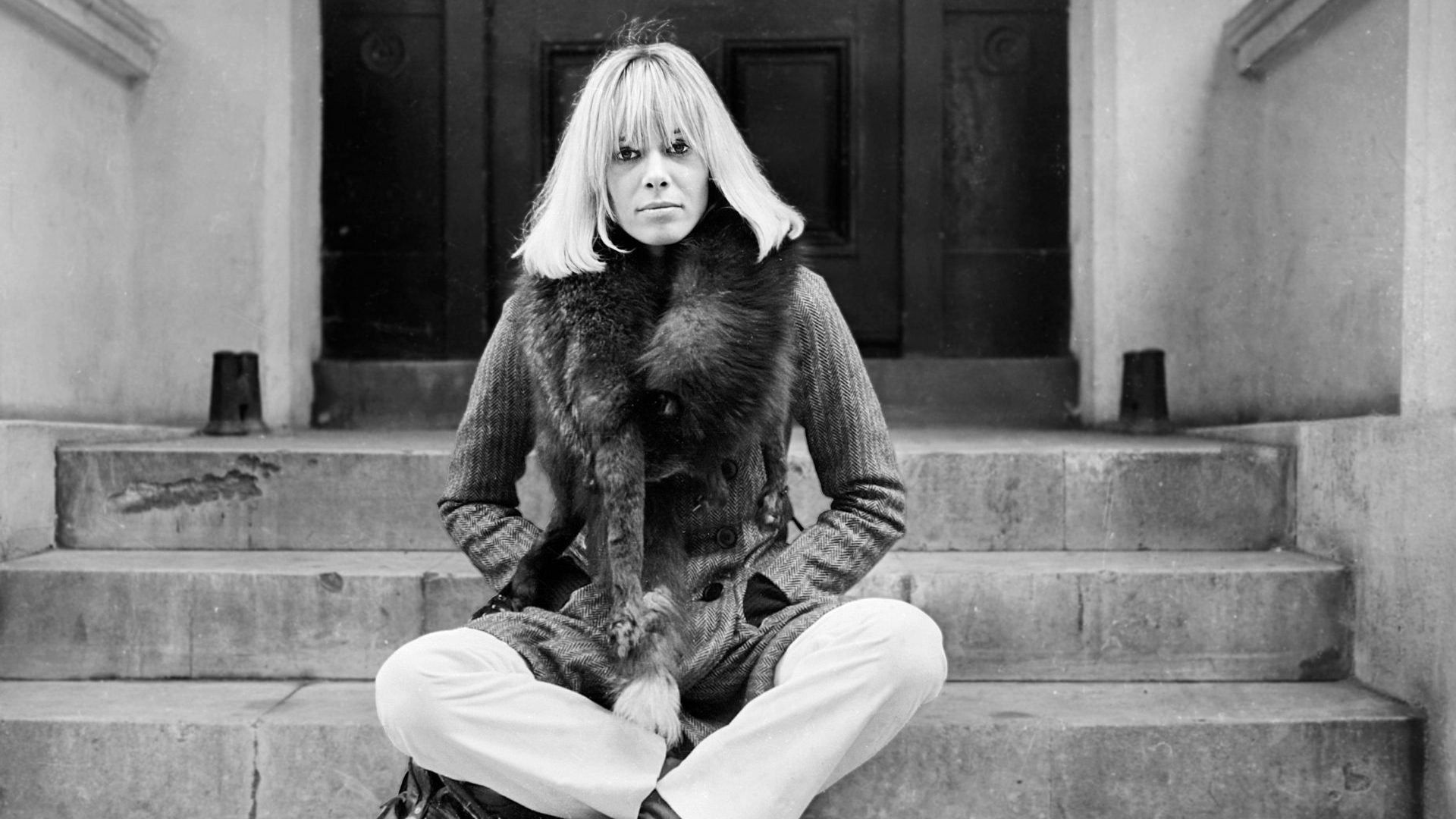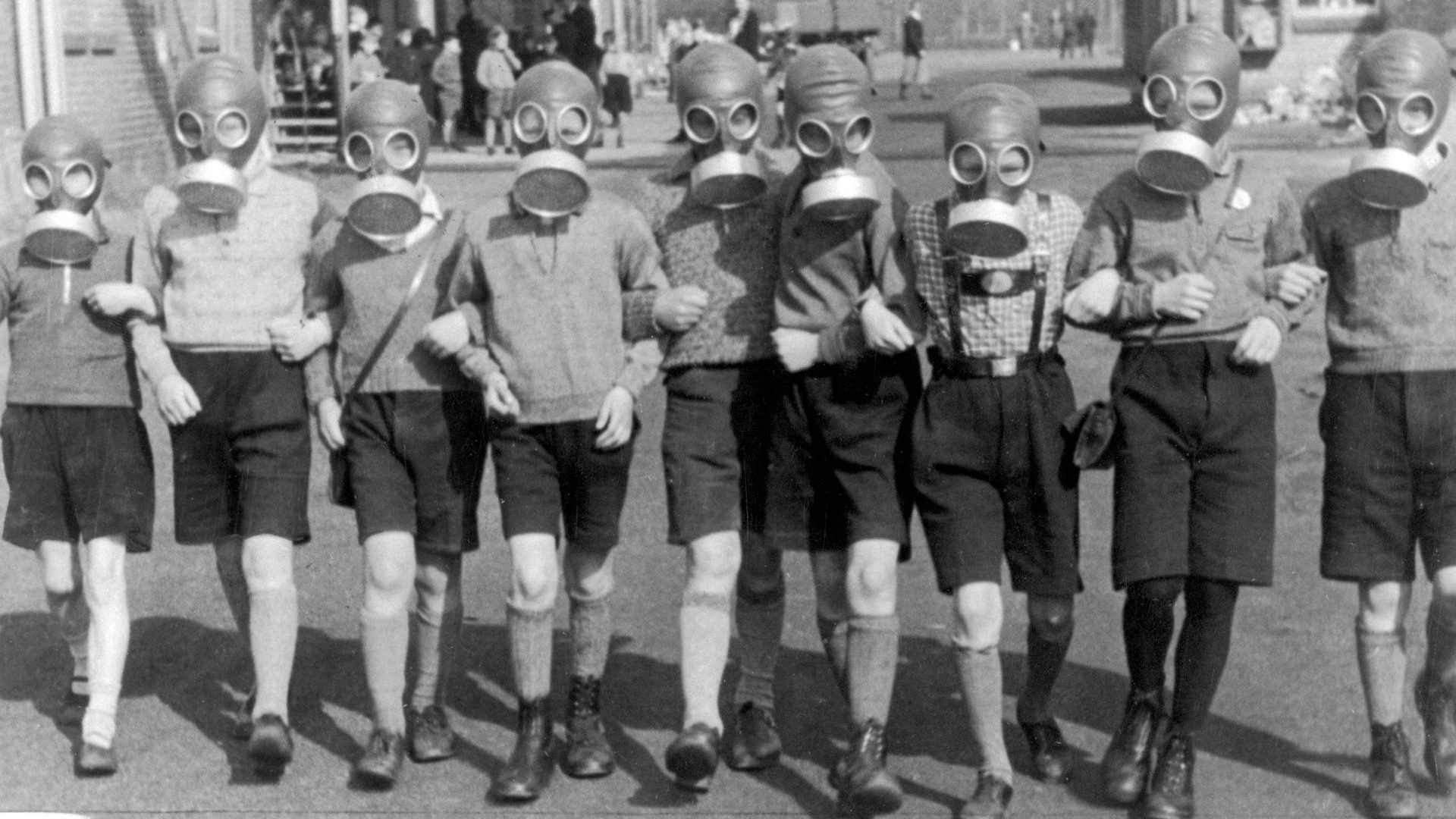One of the most colourful and exotic Europeans ever to make London their home, Anita Pallenberg lit up the capital once more in a new documentary screened at the London Film Festival last week.
Simply called Anita, the film is based on an unpublished memoir the woman who was the partner of two Rolling Stones was writing at the time of her death in 2017. The unfinished book, which Pallenberg was compiling in secret, was discovered among belongings in her Chelsea flat by Marlon Richards, her son with Keith.
And what a find it is – a collection of fragments of writings and thoughts, of confessions and eyewitness accounts of key counter-culture history.
Luckily for viewers, there was just as much home movie footage lying around in canisters, too, and the resulting doc is a revelatory account of one of the great lives lived to the full. It’s a documentary about sex and drugs and rock and roll, certainly but it’s also about feminism and motherhood and bravery.
It’s a film that makes you want to throw off the shackles and get stoned and escape to Morocco and be fabulous. Which is all fine for the two or so hours of the movie, but could anyone, really, in this day and age, live a life like Anita Pallenberg?
“I hope there’s still room for great, crazy bold women,” reflects the film’s co-director, Alexis Bloom. “I mean, I wouldn’t want to be a down-and-out heroin addict stealing drugs and money from my friends, but…”
Svetlana Zill is the other director. “I do have that refrain in my head now, that ‘We should be more like Anita’. But only in terms of: be fearless, be yourself, push the edges, challenge people. It’s not about doing heroin, but do I want to be charismatic and dangerous, yes. But I’m way to anxious and nervous to really do it.”
And that’s what’s so appealing about Anita (it debuted at Cannes as Catching Fire: The Anita Pallenberg Story), that it captures this one-off life so brilliantly, from the inside, using the voice of Scarlett Johansson to recite Anita’s writings. That may seem an odd choice but it somehow works and preserves the spirit of the author.
“We didn’t use Scarlett because she’s famous,” insists Bloom. “It was about the sexiness, the gravelly tone. Hers is a voice you believe has lived a life and smoked a lot of cigarettes.”
Indeed, as the film shows, Pallenberg had many voices – literally. We see her in clips from Barbarella, playing the Great Tyrant, but dubbed by the oh-so-English Joan Greenwood; when we hear her in Performance, she’s got an almost Scandinavian-inflected sexiness, opening her robe and whispering: “Do you like my physik?”. In later life, her voice takes on a growling Germanic boldness, like one of her own idols, Marlene Dietrich, but after a life of cigarettes, and hanging out with Keith rather than being a Hollywood icon.
“She was a true European, a linguist who picked up accents and languages wherever she went,” says Svetlana Zill. “She was learning Mandarin and Russian in her seventies, and just glided from Italian to French if she wanted. She lived in Switzerland, grew up in Rome, went to school in Germany and settled in London. When the Stones were in Villefranche, she was the only one who spoke French so became crucial to their life in that house. She ran it.”
Alexis adds that so much of Pallenberg’s autobiography comes from the perspective of being a European in London at a time when they thought she was suspicious, foreign and weird; how Keith Richards’s mum didn’t trust foreigners, how her future Performance co-star Mick Jagger thought she was too foreign and weird.
“She was shocked by how parochial the English were,” says Bloom. “But she played up to that, she scared people, they were terrified of her. Her son Marlon tells us how she would flick cigarettes at people to provoke them, and just sit there and laugh.”
So, who was Anita Pallenberg? I think this film is the first to really answer that, to really know her. She was certainly a rolling stone, figuratively and literally. And she really was beautiful and cool and effortlessly fashionable. Early on in the film, a former schoolfriend, Metka Kosak, chats about what it was like to be with her in their convent school in Cologne. “She was a sparkle,” says Kosak. “I wanted to be her.”
Anita was, perhaps, born in Rome. She came from “bohemian aristocracy”, with this film claiming her grandfather was a well-known artist who painted satyrs and nymphs. But she’s very sketchy about her childhood. “I dirtied the family name,” breathes Scarlett in the voiceover. She ran away and ended up in New York, hanging out with Andy Warhol and washing Jasper Johns’ brushes. It’s all so matter-of-fact. I guess it helps if you’re beautiful?
Modelling, which she did casually, took her to Munich in 1965 where she got into a Rolling Stones gig. “Keith was very shy and Mick didn’t dance, he just played the maracas.” She still ended up backstage and smoked hash with Brian Jones and that was it. She was in the band, so to speak.
She and Jones became inseparable. They looked the same, same hair, same jawline – the photos are uncanny. “They said I was his doppelganger. But I didn’t need the Stones. I had my own power….”
The voiceover wafts over the footage, some famous photos, some archive of Swinging London, some newspaper headlines and footage you never quite know where from. “Then psychedelics opened up a whole new dimension,” breathes the autobiography. “I started acid and I stopped modelling – you couldn’t do both, and I loved acid.”
The prose is delightful, if wholly unreliable. Like they once said of Hunter S Thompson’s gonzo journalism, it’s the least factual but most accurate portrayal of an era, and this female perspective on the band is eye-opening. Jones’s tantrums and moods were hugely affected by bad trips and he threw things at Anita.
Keith does get a voiceover, too, quite a long interview, audio only but newly recorded. “We felt he’d be more unguarded if it was just audio,” says Alexis Bloom.
And we hear Keith chuckling and relaxed and perhaps telling stories he’s related before but you get the sense he’s moved to think about his muse. “I started going round to Brian’s flat more and more, and it wasn’t to see him… She was intriguing and scared the pants off me, but I couldn’t stop seeing her.”
The more the film unfolds, the more the viewer is drawn in too. It’s addictive. There’s the famous drug bust and the Stones running away to Morocco, with Keith driving Anita and Brian to Paris, and then on to Tangier, just with Anita. “I was bursting with love for her by now,” he admits. “I loved her determination and freedom, to be independent.” They slept together in Marrakesh but knew Brian would murder them if he found out.
And then suddenly they’re at the 1967 Cannes film festival for Anita’s road trip film with Germany’s Volker Schlöndorff, A Degree of Murder, for which Brian did the music, sort of. From the footage, Anita looks to have wowed the Croisette. She became the Queen of Cannes and ended up with Keith the night of the premiere. He started wearing her clothes and suddenly found his style.
On to Barbarella and, of course, to Performance, that film that’s so quintessentially London and boho and debauched and mythologised and undefinable. It feels like this doc has been aesthetically building up to the Performance bit, to the point that everyone’s got their story from Performance, a kaleidoscope of truths about the London of the time.
Keith was insanely jealous of his girlfriend spending so much time with Mick. We turn to Anita’s memoir for one truth, hoping she’s more honest on these pages than she has been many times before in print or interviews. “I never really fancied Mick,” says the voiceover. “But you lie in bed together for eight days smoking dope to get two minutes of film, what the hell do you expect will happen…?” Keith went away, she says, and wrote Gimme Shelter.
“You sense Keith is still very prickly about it, even now,” says Alexis Bloom. “I’m not sure he’s ever forgiven Mick. But then, you’d never know. Maybe he knows he did the same to Brian? Somehow they all moved on.”
So much so, that when it was all over, Mick and Marianne Faithfull and Keith and Anita took a boat to Brazil. The Super 8 home footage of this is remarkable. “We had great outfits to wander up and down the deck and shock the crew,” says Anita, through Scarlett. It gets even more intimate and private when they get to Rio and then on to Peru.
Too much for Marianne, who went home, so they were just three, in the foothills of the Andes, in ponchos and on donkeys. Anita stuck in the middle, both men in her thrall. “That’s where Mick wrote You Can’t Always Get What You Want,” she says.
It’s gorgeous stuff, a treasure trove for a documentary maker, though you sense from Alexis and Svetlana that piecing it all together has been laborious. The interviews with Anita’s children Marlon and Angela are key and sometimes moving.
Marlon seems acutely aware of being a child of the Rolling Stones, and how can he not be, when we see the pictures – and what photos they are, from photographer Dominique Tarle – of life in his home at Villa Nellcôte while his dad and the band and hundreds of hangers-on made Exile on Main Street there, his mother trying to care for him while high on drugs and still being “queen of a castle of dissolute men”.
So many other rock histories follow the band on the road from here, the juggernaut of the Rolling Stones rolling ever onward – we learn from Marlon that Jade Jagger calls it “the org”, or “the bus’’ and that it isn’t a healthy place to live. “You have to get off it after a while,” he says.
But this film stays with Anita and things do get sad and difficult. She lives in Switzerland and has a baby, Tara, who dies at 10 weeks old. It’s a dreadful episode. Anita and Keith are junkies but he can escape on the road. When Tara dies, he’s soloing his heart out on stage in Paris. With one baby dead and the other kids packed off to grandparents, Anita ends up in upstate New York and has an affair with a 17-year-old local lad who kills himself in her bed…
It’s juicy, tragic stuff, but never over-sensationalised here, and all feeling part of the story, a natural consequence of a life that can take such drama in its stride. It would have killed many others, and it did. But Anita survives, too unique to be a victim or to succumb in any cliched rock narrative.
Instead, sober and contrite, she becomes an icon to a new generation –
I remember her ruling 1990s London gatherings, showing Kate Moss and the Britpop lads how it should be done, wearing boiler suits and huge sunglasses. Moss, who for years never said very much on camera, gushes about how she owed so much of her own attitude and style to Anita, “the original bohemian rock, everything you want a woman to be.”
She did fashion shows again, and got a degree – wait until you see Anita’s graduation photo, it’s adorable, a triumphant moment, delicately dropped in to a beautifully judged documentary, one commensurate with its subject and how she moved through her times and told her truth.
There’s something magnetic about this film, the way the “never-before-seen” personal movies for once, really do feel like secrets from the grave, and the voiceover from the autobiography lets us in on such intimate thoughts. Watching it almost captures what it must have been like to fall in love with her, how difficult and bruising that could have been.
“I’ve been called a witch, a slut, a murderer,” she says. Is it prying, reading someone’s diary when we shouldn’t, when they don’t want it read? Or aren’t all diaries written to be read? Perhaps not all of them out loud, and by Scarlett Johansson.
“Marlon Richards felt it was time,” says Alexis Bloom. “He came to me because he had inherited all this material and wanted someone to make a film about his mother. He told us that she had a different truth and that he’d had enough of everyone always asking about his dad. After all,” she adds, “as Marlon says: ‘It was mum who was the really interesting one.”’




